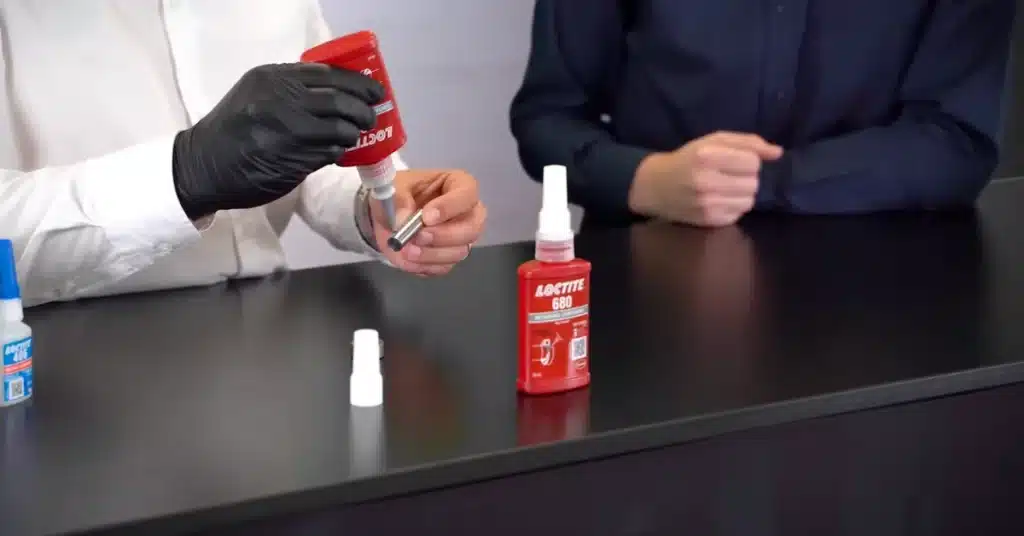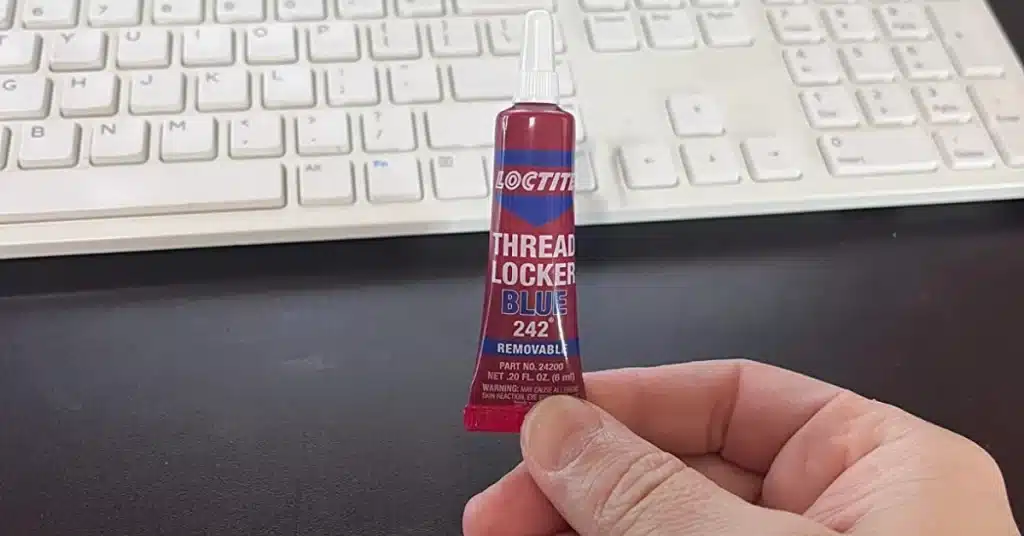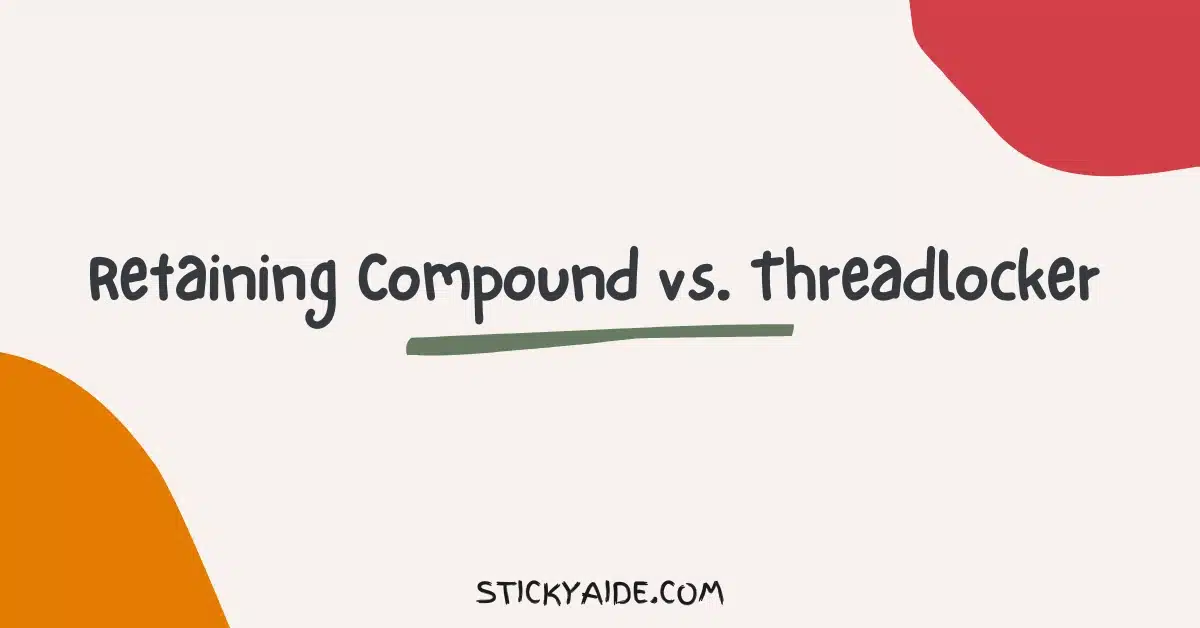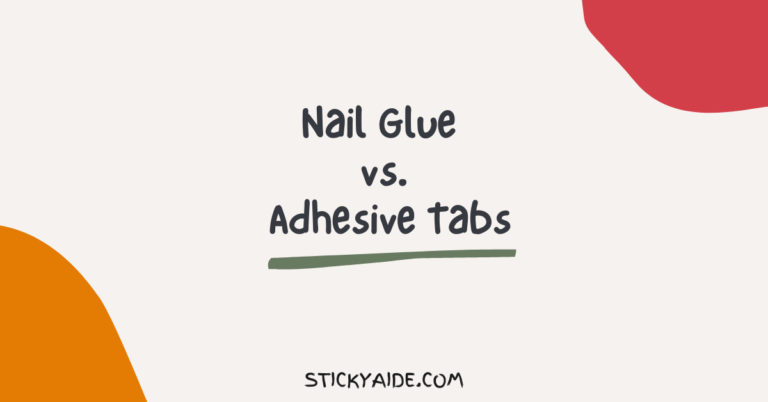In mechanical engineering, fasteners play a crucial role in ensuring the stability and reliability of various components.
However, selecting the right method to secure these fasteners can be daunting. Two popular choices that often stir up a debate among engineers are Retaining Compound and Threadlocker.
These adhesives provide solutions to prevent loosening and enhance the overall performance of assemblies.
In this comprehensive comparison, I’ll delve into the unique characteristics of retaining compounds vs. threadlockers, highlighting their advantages, applications, and when to use each.
Read More: Loctite 7471 Vs. 7649
Overview of Retaining Compound
Retaining compounds are powerful adhesives engineered to create a durable and unyielding bond between cylindrical components, such as bearings, bushings, and shafts.
Unlike traditional fastening methods that rely on mechanical force alone, retaining compounds excel at filling microscopic gaps between mating surfaces, thereby eliminating movement and preventing fretting corrosion.

Advantages of Retaining Compound
- Exceptional Strength: Retaining compounds boast high shear and tensile strengths, offering unmatched load-bearing capabilities even in the most demanding applications.
- Vibration Dampening: These compounds effectively absorb and disperse vibrations, reducing stress on components and extending their lifespan.
- Corrosion Protection: By sealing out moisture and other contaminants, retaining compounds act as a barrier against corrosion, ideal for assemblies in harsh environments.
- Uniform Stress Distribution: The bond formed by retaining compounds evenly distributes stress, reducing the risk of stress concentration points that could lead to component failure.
Read More: Loctite Vs. Permatex Threadlocker
Applications of Retaining Compound
| Application | Benefits |
|---|---|
| Bearing and Bushing Fittings | Reduces assembly stress, eliminates fretting, and improves load transmission. |
| Sleeve and Keyway Joints | Provides uniform torque transmission and prevents axial movement. |
| Rotor and Hub Connections | Ensures reliable and durable bond for rotating assemblies. |
| Threaded Fastener Strengthening | Increases the load-carrying capacity of threaded connections. |
Read More: Thread Sealant vs. Threadlocker
Overview of Threadlocker
Threadlockers, on the other hand, are specifically designed to secure threaded fasteners, such as bolts, screws, and studs, by filling the gaps between the threads.
These anaerobic adhesives cure without air, creating a robust bond within the threaded interface.

Advantages of Threadlocker
- Tremendous Thread Sealant: Threadlockers effectively seal the gaps between threaded components, preventing leakage of fluids, gases, and contaminants.
- Prevents Loosening: These adhesives create a reliable barrier against vibration-induced loosening, ensuring the integrity of assembled joints.
- Temperature and Chemical Resistance: Threadlockers exhibit excellent resistance to temperature fluctuations and exposure to various chemicals, offering enhanced reliability in diverse conditions.
- Removable and Adjustable: Although threadlockers form strong bonds, they remain adjustable and can be disassembled using standard hand tools when needed.
Read More: QuietRock Vs. Green Glue
Applications of Threadlocker
| Application | Benefits |
|---|---|
| Automotive Assemblies | Secures bolts, nuts, and studs in engines, chassis, and transmissions. |
| Aerospace Fastenings | Ensures critical connections remain intact under extreme conditions. |
| Machinery and Equipment | Prevents self-loosening of bolts and screws in industrial settings. |
| Electronics and Consumer Goods | Provides reliable bonding for delicate components in electronic devices. |
Read More: Loctite 620 Vs. 680
Loctite Retaining Compound vs. Threadlocker
Loctite Retaining Compound
Loctite retaining compounds are adhesives designed to secure cylindrical components, such as bearings, bushings, and shafts, into housings or onto shafts.
The primary purpose of a retaining compound is to fill the small gaps between the mating surfaces, creating a strong, durable, and reliable bond.
It prevents the components from moving or loosening due to vibrations or other external forces.
The retaining compound forms a strong chemical bond when it comes into contact with metal surfaces, enhancing the overall strength of the assembly.
Loctite Threadlocker
Loctite threadlockers, on the other hand, are adhesives formulated explicitly for threaded fasteners, such as bolts, screws, and nuts.
Their main function is to lock the threads and prevent self-loosening or loosening caused by vibration.
Threadlockers are particularly useful in applications requiring disassembly and reassembly but need to be controlled and not unintentionally loosened during operation.
Retaining Compound vs. Threadlocker: Choosing the Right Adhesive
When selecting the ideal adhesive for your specific application, understanding the unique properties and strengths of retaining compounds and threadlockers is crucial. Here’s a comprehensive comparison to help you make an informed decision:
Bonding Mechanism
Retaining compounds create a robust, gap-filling bond between cylindrical parts, while threadlockers focus on sealing the threads of fasteners. The choice depends on the type of components you are working with and the nature of the assembly.
Load-Bearing Capacity
Retaining compounds excel in applications where high loads and shear strength are essential. They evenly distribute stress and significantly enhance load-carrying capacity. On the other hand, threadlockers are perfect for applications involving threaded connections, providing excellent resistance to vibration-induced loosening.
Gap Size
Retaining compounds can fill larger gaps between components due to their gap-filling properties, making them suitable for assemblies with slight imperfections. In contrast, threadlockers work best in tight clearances, primarily focusing on thread sealing.
Temperature and Chemical Resistance
Both adhesives offer good resistance to temperature variations, but threadlockers tend to outperform retaining compounds in chemical resistance due to their sealing function. Consider the operating conditions of your assembly to make the right choice.
Disassembly Requirements
If you anticipate the need for future disassembly, threadlockers are the preferred option. While both adhesives form strong bonds, threadlockers allow for easier disassembly than retaining compounds, creating a more permanent bond.
Surface Contamination
When dealing with oily or dirty surfaces, retaining compounds have an edge, as they can bond well even in the presence of surface contaminants. Threadlockers may require a cleaner surface for optimal performance.
Cure Time
Retaining compounds usually require more time to cure fully, while threadlockers offer quicker curing times. Consider the assembly process and curing time when choosing the adhesive.
Last Opinion
In conclusion, retaining compounds and threadlockers are invaluable tools in mechanical engineering, offering unique benefits for specific applications.
When deciding between the two, consider the nature of your components, the assembly’s operating conditions, load requirements, and the possibility of future disassembly.
For applications involving cylindrical parts and the need for exceptional load-bearing capabilities, retaining compounds are the go-to choice.
On the other hand, if you’re dealing with threaded fasteners and require effective thread sealing to prevent loosening, threadlockers are the way to go.
In summary, it’s essential to carefully evaluate your assembly requirements and match them with the adhesive properties to ensure a strong, reliable, and long-lasting bond.
Remember, a well-chosen adhesive can make all the difference in the performance and longevity of your mechanical assemblies.








